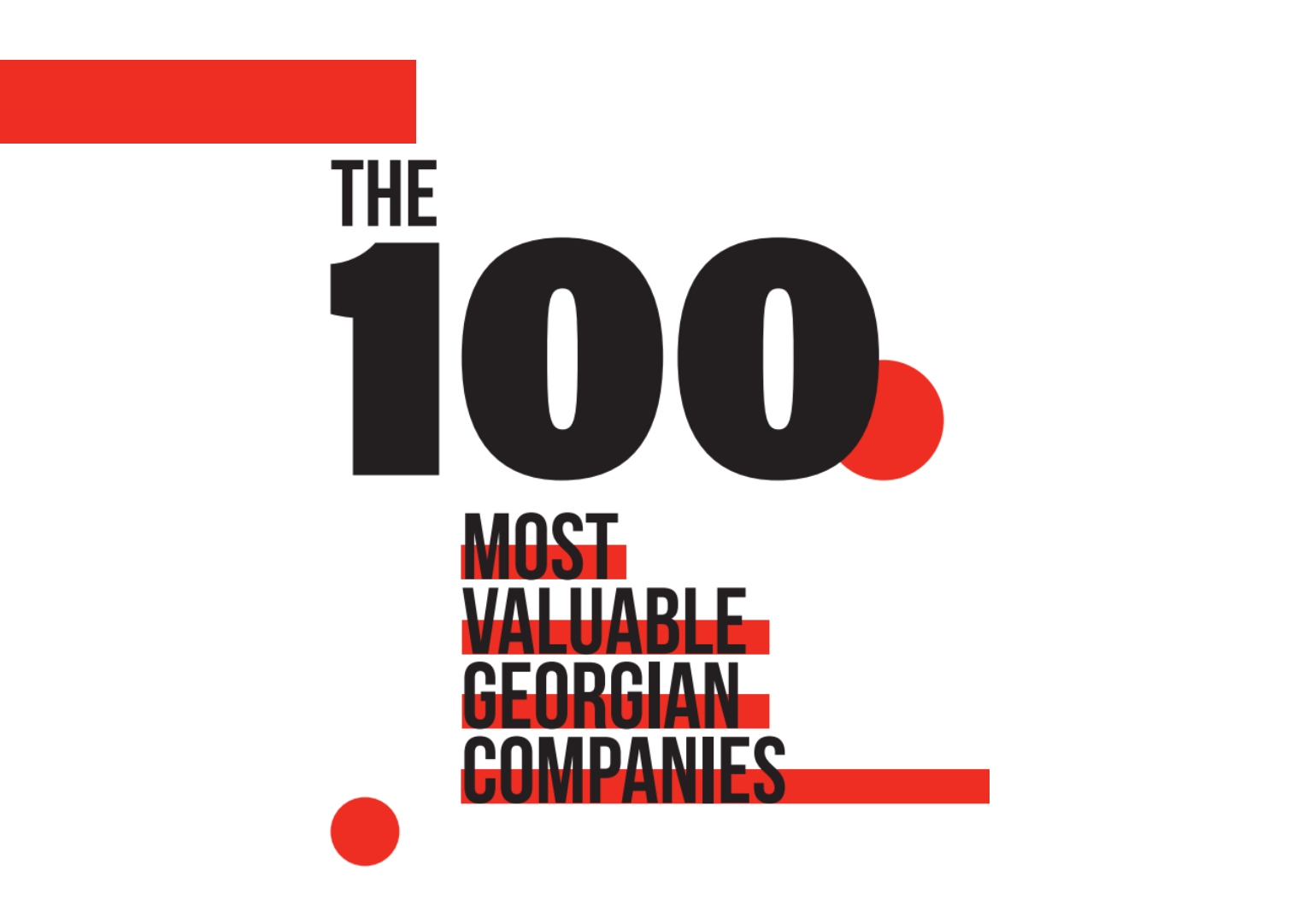When searching for the sources of capital necessary for launch and growth, start-up businesses, until recently, would traditionally need to go through two main channels of financing: borrowing money or selling equity to investors. Yet Blockchain technology has opened up a third, transformative channel: an Initial Coin Offering, better known as ICO.
ICO became the biggest disruptor in the technology world this year as Blockchain projects have risen over $1 billion since the start of 2017 by issuing their own digital tokens to investors who want to back their idea, product or service. For the past several months, the amount of funds accumulated through Initial Coin Offerings has surpassed early stage venture capital (VC) funding for internet companies. To name a few examples, a start-up Tezos raised over $230 million in just two weeks this past July, Bancor raised $153 million in June while Filecoin raised $252 million in August. The trend is already catching on with non-Blockchain companies. The mobile messaging app Kik prepared its own ICO aiming to raise $125 million this September. Those are just several names on a growing list of start-ups that collect astronomical public funds using a new business paradigm supported by Blockchain technology.
ICO mechanics
An ICO allows a new project in the cryptocurrency and Blockchain industries to sell part of its native crypto tokens to early adopters and enthusiasts before the project is completed in exchange for fiat (such as U.S. dollars) or crypto currencies (mainly Bitcoin or Ether). Unlike the sale of equities in a private venture investment or in an Initial Public Offering, the object sold in ICO is a digital token (or coin) that is both scarce and validated based on advanced cryptography techniques. The ICO participants invest in the future success of the project, while the funds raised help the founding team to finance the expenses related to project execution and development. Once the ICO is closed, the tokens get listed on cryptocurrency exchanges to trade against other cryptocurrencies. Each token has a variable value based on the market perception and growing user base. Start-ups and investors expect their tokens to appreciate in value over time.
The increased popularity of ICOs from the start-up’s perspective can be attributed to several main factors:
- Start-ups raise funds without giving up any control to private investors or venture capitalists and without the paperwork burdens and costs of equity IPO.
- They short-circuit their way to the market by directly presenting the idea to potential users. Those who become token-holders are invested in the success of the project while their interests are economically aligned with the interests of the project developers.
- Start-ups reach out to the pull of a wider investor base, which is not limited to the accredited investors, but also open to retail investors globally to enter the market. Thus, ICOs democratize the early-stage finance by creating a level playing field where everyone has equal access.
- The token-holders support the project in getting the word out and raise awareness in the broader community. They provide early liquidity for the crypto tokens.
- Raising capital through ICO fits the special needs of open-source and decentralized projects that are common in the Blockchain space. Traditional sources of capital undermine the decentralized nature of Blockchain projects.
- A vibrant secondary market creates an ecosystem where the tokens receive real-time pricing based on the progress of a start-up and the project, potentially bringing greater transparency to the market.
The above elements, combined with the rapid growth of the cryptocurrency community with market capitalization of over $170 billion as of 1September, have the potential to propel start-ups forward more quickly than ever before.
On the other hand, from the perspective of ICO investors, this new financing channel is an innovative way to deploy capital and diversify portfolio, own an alternative asset that is disconnected from the stock market and the economy, and have access to a token with the potential for capital growth. Additionally, as the investors can trade tokens in secondary markets and cash out immediately rather than have the value locked-up in the equity of a company, it provides much higher liquidity of their investment. Within traditional finance there is no alternative channel providing such a high level of liquidity of the angel and early stage investments.
Those factors shape the new incentives-based ecosystem with the synergies made possible between developers and users by leveraging Blockchain technology. As a result, the ICO unlocks entirely new business models that are much more innovative and direct than traditional models.
The Dark Side of ICO
Despite all the hype around ICO as a new channel for investment in start-ups, there is still a lot of noise around it.
Because the industry is in its infant stage and largely unregulated, ICOs are a risky investment option. Contributors to the ICO are often buying tokens for a project that does not even fully exist yet and there is no guarantee that the projects will ever be completed or for that matter, embraced by mainstream users. The token offerings in a number of cases are done by the teams that may or may not be formally organized as a legal entity. Additionally, the project conducting the ICO is not always a product born of careful thought and preparation. The ICO arena has had its fair share of scams, pump and dumps and Ponzi schemes. Funds that are lost due to fraudulent initiatives may never be recovered. Those are the risks that investors need to be aware of and willing to take. At present, it is upon the individual investor to do thorough due diligence before investing. Yet, the majority of ICO participants are enthusiasts, rather than investors with expertise in the industry. Yet the biggest challenge observed as the market matures is the regulatory involvement. Recently ICOs are under scrutiny from regulators in different jurisdictions.
The Monetary Authority of Singapore (MAS) outlined in a recent statement that ICOs are “vulnerable to money laundering and terrorist financing risks due to the anonymous nature of the transactions, and the ease with which large sums of money may be raised in a short period of time.”
The U.S. Securities and Exchange Commission (SEC) issued an Investigative Report in July concluding that tokens in certain cases may fall under the definition of “security”, thus the securities laws may apply to the sale of crypto coins. This obliges the issuers of Blockchain technology-based securities to register offers and sales of such securities (unless a valid exemption applies). The purpose of the registration is to ensure that investors are sold investments that include all the proper disclosures and are subject to regulatory scrutiny.
Regulators in China are also developing a range of strategies to curb ICO-related risks. The People’s Bank of China (PBOC), the country’s central bank and regulator, is considering imposing limits on the volume of funding that can be raised in a single ICO, boosting information disclosure standards and mandating companies engaged in ICOs to issue investment risk alerts to potential investors.
Looking ahead
Current excitement over cryptocurrencies and Blockchain technology is looking a lot like the Dot-com bubble from 1997 to 2001. While most projects fail, some will redefine their industries over a 10+ year period. While the regulators’ efforts to tighten control over ICOs will compliment the further evolution of the Blockchain ecosystem and bring higher standards to the market, the start-ups need to leverage lessons of the Dot-com years. Right now the Blockchain industry is an area of rapid experimentation that is transforming how businesses operate and raise capital.















